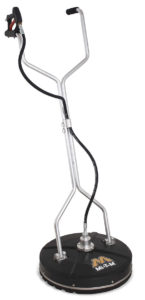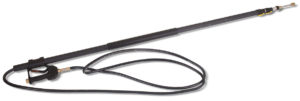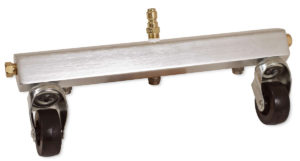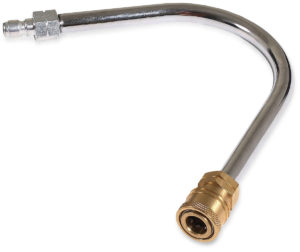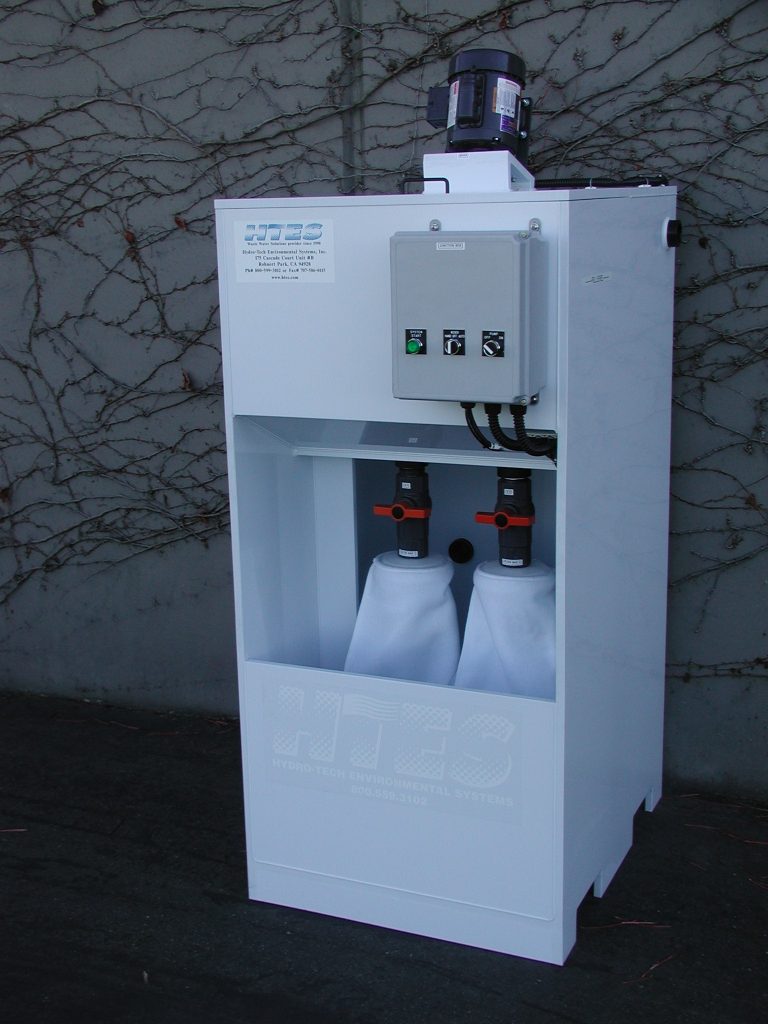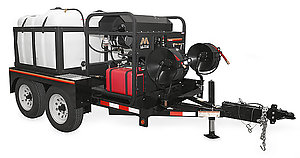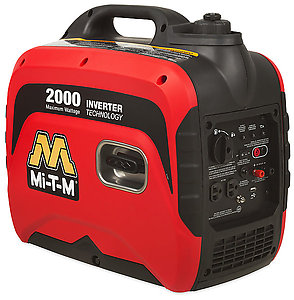
There are several applications for generating electricity in a portable setting. Work, recreation and emergency are the main reasons for needing portable power. Many people do not know that in addition to the typical generators, there are also inverters. This blog will explain the main differences and will hopefully help in picking the correct one.
Generators are typically noisy and have one mode the entire time they are running after initial start up. One can find a decent generator for a reasonable price. Inverters electronically throttles the motor up and down to meet the demand of the appliance/tool it is running. This results in improved performance of the appliance/tool, better fuel economy for the inverter and are less noisy than their generator cousins.
Having said all that, inverters come at a cost. Typically, they are more expensive than a generator, but in the long run, they can be used for more purposes without the risk of damaging the equipment they are running. Yes, that’s right. Generators can damage the equipment they are providing power to. Generators have a very harsh sign wave (picture low lows and high highs). That extreme fluctuation can damage appliances and especially electronics like computers and cell phones over time and reduce the life of them significantly. Inverters have a smaller sign wave which means after initial start up, the power flow is more evenly distributed and results in a smoother power stream.
Generators are fine for running pumps, freezers and power tools for example. Beyond that, anything else such as refrigerators, TV’s, computers, cell phones, medical devices, etc. an invertor is the better choice.
Mi-T-M provides a full line of invertors and generators to fit every application. Visit www.ushydrotech.com today for more information!

